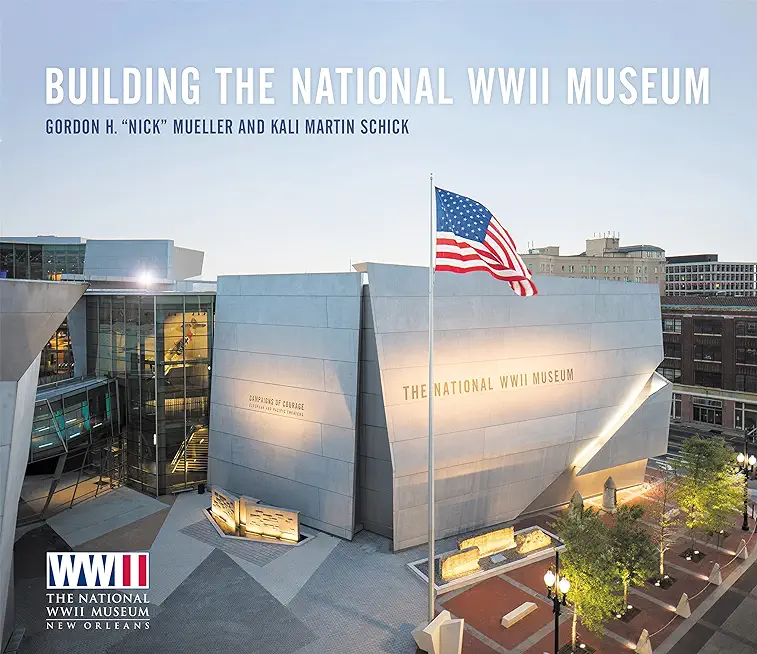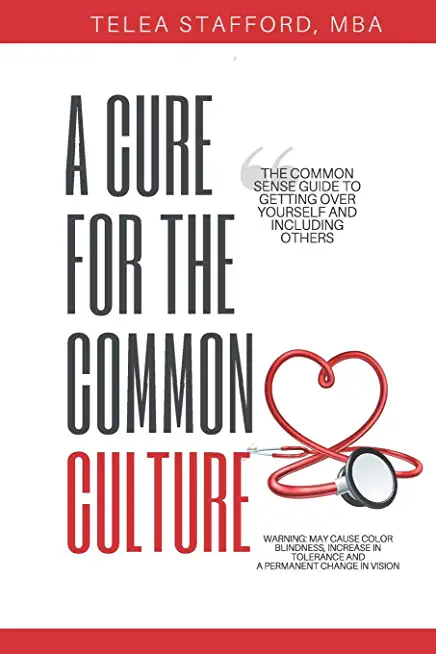
description
in the United States, The National WWII Museum attracts hundreds of thousands of patrons every year to its campus in New Orleans. Guests can tour its extensive permanent galleries and embedded multimedia displays, view special or traveling exhibits, dine in one of the two on-site restaurants, and stay at the facility's hotel, The Higgins Hotel & Conference Center. But today's sprawling complex had its start on a more modest scale, opening as The National D-Day Museum on June 6, 2000, the fifty-sixth anniversary of D-Day and the Allied landing at Normandy. Historian Stephen E. Ambrose spearheaded efforts to construct the Museum, in part as a place to gather the many hundreds of oral histories and artifacts he had collected for a book project. Attendance surged after the kickoff, and his friend, fellow historian, and collaborator on the project, Gordon H. "Nick" Mueller, secured U.S. congressional designation in 2004, acknowledging the institution as America's official museum dedicated to the Second World War. This recognition initiated a 245,000-square-foot expansion to realize the Museum's Master Plan, incorporating immersive, story-driven exhibits and architectural features meant to unify the growing campus. Building The National WWII Museum, by Mueller and research historian Kali Martin Schick, tells the story of the Museum's remarkable progress, from its early days as The National D-Day Museum to the unveiling of the Museum's final section, the Liberation Pavilion, in November 2023. As Mueller and Schick take readers on this decades-long journey, they highlight the exhibits, grand openings, and numerous benefactors who helped bring The National WWII Museum to life. This beautiful book--with 175 images and renderings, many never seen before by the public--not only showcases the Museum's development as envisioned in the 2004 Master Plan but also documents its important and ongoing mission of celebrating the American spirit and the teamwork, optimism, courage, and sacrifice of the men and women who won World War II.
member goods
No member items were found under this heading.
listens & views

MEJOR DE LA CANCION SOCIAL ...
by MEJOR DE LA CANCION SOCIAL / VARIOUS
COMPACT DISCout of stock
$12.99
Return Policy
All sales are final
Shipping
No special shipping considerations available.
Shipping fees determined at checkout.






